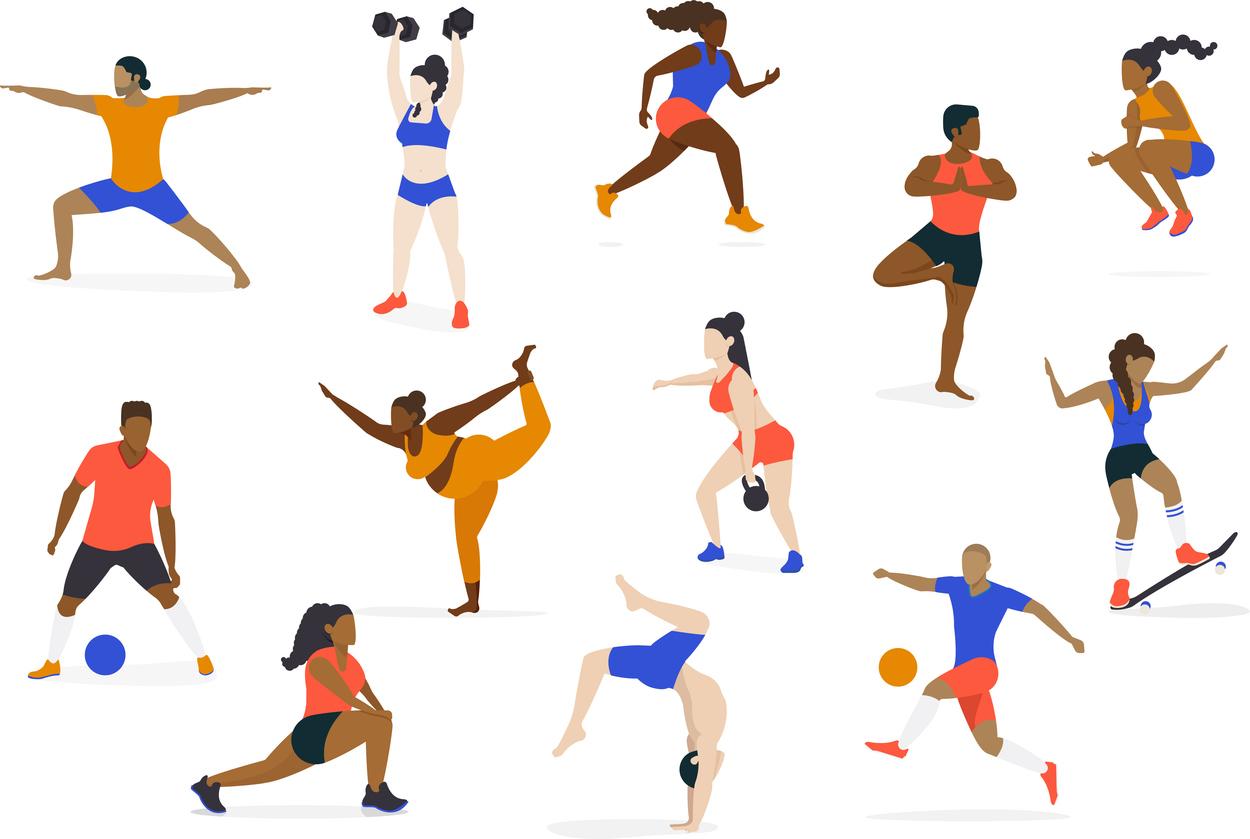MAINTENANCE – In the open sea, a Vendée Globe skipper may have to sew up a wound or reduce his dislocated shoulder. The race doctor tells us.

29 skippers, 40,000 kilometers and for three months, the sea as far as the eye can see. The 8e edition of the Vendée Globe started this Sunday at 1:02 p.m. For this race called “Everest of the Seas”, the sailors had to prepare at length for life in extreme conditions, for navigation in hostile seas… but also for health self-sufficiency.
Jean-Yves Chauve has been the Vendée Globe doctor since the race was created in 1989. A navigator himself, he has followed all the skippers of this quadrennial event. He tells how sailors are trained to take care of themselves and what this very special sea telemedicine consists of.
Can skippers take care of themselves on their boat?
Dr Jean-Yves Chauve: They don’t really take care of themselves: they can reach me all the time and I give them advice from a distance. They are my eyes and my hands. In their medical training, they are first taught to describe all of the symptoms in order to save time during communications – the connection can be poor, you have to be concise and efficient. For example, if they have abdominal pain, they should feel it, locate it very precisely and look for other symptoms (nausea, fever, etc.).
Then, they learn to perform the actions that I am going to ask them to do on the phone. In navigation, we have a lot of trauma. It is therefore a question of making stitches, of fitting a splint… Knowing that it is always necessary to adapt to the navigation situation, even if the treatment is less effective than in city medicine.
For example, for a skipper who has a sprained wrist, the splint is not always appropriate because once on deck, on an unstable boat, the sailor will catch a hold and risk missing it due to the rigidity. of the splint. It can then fall into the water. To avoid accidents, we will adopt sometimes unorthodox treatment methods!
Jean-Yves Chauve, Vendée Globe doctor: “ A skipper had a hygroma on his elbow. I reconstructed the conditions of a boat to order the intervention: an incision with a mirror placed on the knee “
What does the on-board first aid kit contain?
Dr Jean-Yves Chauve: Over a hundred products! Many are emergency treatments, like corticosteroids – which, by the way, are considered a doping agent in other sports. This is where we see that even if it is a race, we have a real difference between the world of sport and the world of the navy. Moreover, if there may be a diversion of medication, in particular to fight against sleep, doping is poorly imagined for three months: there will inevitably be a backlash before the end.
The kit also contains painkillers at three levels – paracetamol, codeines, opioids. There are also medicines for precordial pain – they can tell the difference between chest pain and heart pain. Skippers also have a little Valium, in case they have to, for example, reduce a dislocated shoulder on their own. Then, they have anti-diarrhea, antiulcer, antihistamine, five different antibiotics …
The sea is an almost sterile environment, there is no risk of contracting a virus, but the resistance of the sailors is altered by the extreme conditions and they can develop infections.
Jean-Yves Chauve : ” It is a classic among sailors: staphylococci, linked to the friction of the wetsuit, to the skin softened by sea water … “
Is there a tendency to underreport symptoms so as not to be disqualified?
Dr Jean-Yves Chauve: Sure. To reassure them, I usually give them this little joke: “My goal is not to cure you, it is to make you finish the race!” “. Overall, they get caught up in their race and give their all for their boat, sometimes to the detriment of their own body, so they tend to underestimate their symptoms and only get treatment for one day, for example. That’s why I encourage them to call me as much as possible. This allows me to follow them, monitor them. You have to be a little directive, indeed.
But the Vendée Globe skippers are better and better trained and aware. Before, they did things like that, without having been prepared before the race, with telecommunications that took 15 minutes to go from the boat to the land. As for their pharmacy, now they know it whereas before, they especially tended not to look at its contents, out of superstition, in order not to bring themselves bad luck. Thanks to these training courses, delivered since the beginning of the 2000s, sailors have a more objective eye on their health during the race.
Jean-Yves Chauve : ” This year, the skippers were all very afraid of the gastro and nasopharyngitis epidemic… They did not shake hands with anyone! “
.

















